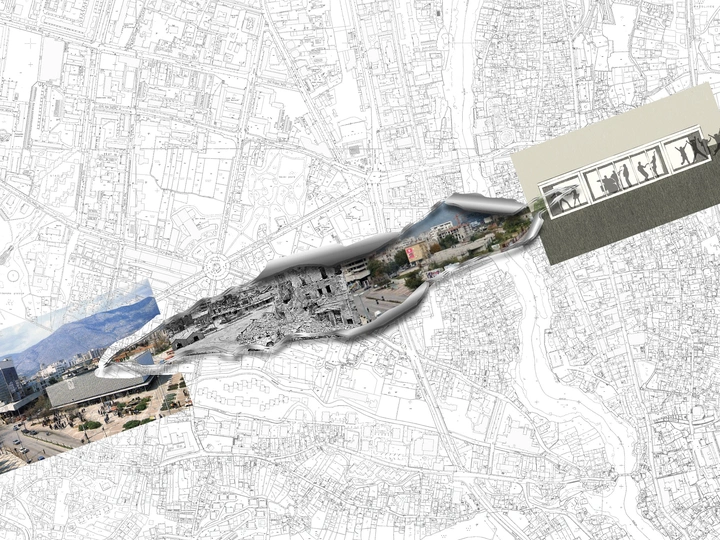Pavilion "Art of Living"

Selma Bijedić Pozder
Sulejman Demirović
Senada Demirović Habibija
Emina Isić
Maria-Magdalena Mandić
The Urban House IDEAA is a laboratory that explores the important relationship between design, emotional state, and the real social needs of society. IDEAA is part of New European Bauhaus Bosni and Herzegovina platform (NEB BiH). Through the creative activities we want to promote and establish Mostar on the international cultural and art scene. We offer a dynamic public space for exhibitions, programs and talks that explore the role of design in shaping the city and society.
The project opens up the multi-layered issue of Mostar, a city that survived the war destruction. Unfortunately, we never fully experienced a catharsis and the trauma of division provoked by war is still present. For decades now, due to physical and mental devastation, people lost their urbanity and way of living in Mostar including behavior toward the city, other people and also toward themselves.
In this project we experiment with forms and functions composed of modules made of shipping containers. Depending on their mutual composition, there is the possibility of organizing different contents, whether it is cultural, artistic, creative or recreational activities. „Art of living" Pavilion provides opportunities for people to relearn communication, to open dialogue with others (in every single sense), but also the relationship to nature and the environment in order to provide a completely new visions and opportunities for Mostar. It is a movable construction and idea is to travel around the city; however its first point is very specific and symbolic.
We believe that it is impossible to experience catharsis without returning "crime scene". As the first location, we suggest the „war borderline" where people once had to show an identification document as they would cross from one side to the other.
In some conveyed meaning, we give the citizens and the city a chance by passing through the pavilion and its segments, to learn about self than nature and finally to build contac and trust toward other people. The effect of this approach would encourage new processes, in particular a new dimension of public space. It also creates a space for dialogue and the transformation of the city giving the chance to Mostar to become healthy and safe place for all people!